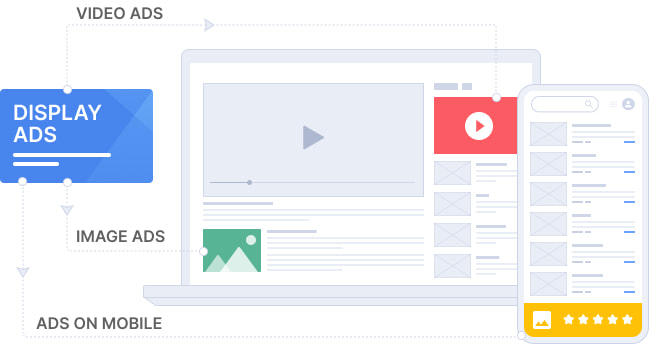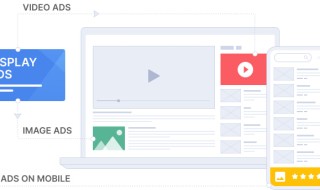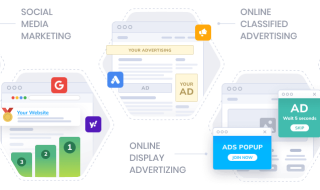 Display advertising has been the backbone of online marketing for decades. From small businesses looking to gain local traction to multinational corporations aiming to dominate their niche, display advertising serves a spectrum of promotional needs. This guide seeks to unveil the mystery behind online display advertising for beginners, drawing on testimonials, personal perspectives, and data. Let’s dive in!
Display advertising has been the backbone of online marketing for decades. From small businesses looking to gain local traction to multinational corporations aiming to dominate their niche, display advertising serves a spectrum of promotional needs. This guide seeks to unveil the mystery behind online display advertising for beginners, drawing on testimonials, personal perspectives, and data. Let’s dive in!
Display advertising is all about showcasing promotional messages or banners on websites. Unlike text-based ads, these are visual and can be made up of images, videos, or graphics.
You might wonder, why opt for display advertising? The benefits are manifold:
- It amplifies brand visibility. Display ads boost brand awareness. Even if users don’t click, they still see your brand.
- It promises targeted reach. Modern platforms enable specific targeting based on demographics, interests, and browsing behavior.
- The flexibility it offers is unparalleled. From static images to animated videos, there's a format for every message and budget.
To underscore the relevance of display advertising, here's a data dive: According to the Global Digital Ad Trends Report, display advertising remains one of the top three digital ad channels, accounting for over 30% of global online ad spending in 2020.
Navigating the realm of display advertising means familiarizing yourself with the types of display ads:
- Banner Ads are the most common and are often seen at the top or side of websites.
- Interstitial Ads are full-screen ads that appear between the actions or pages on a website.
- Retargeting/Remarketing Ads show ads to users who’ve previously visited your website, urging them to return.
- Video Ads are either embedded within content or played before, during, or after online video content.
One entrepreneur, Sarah, swears by retargeting. In her words, "Retargeting ads saved my startup. They allowed us to lure back hesitant customers, increasing our conversion rates by 25% in just 3 months!"
Designing effective display ads is an art and a science. A successful ad isn't just visually appealing but is also relevant and prompts action. Here are some golden rules:
- Maintain consistent branding by sticking to brand colors, logo, and fonts.
- Ensure a clear CTA so users know what action to take, whether it’s “Shop Now”, “Learn More” or “Sign Up”.
- Opt for optimized imagery. High-quality, relevant images or graphics are the linchpin of a good ad.
Pondering over where to run display ads? Here are some avenues:
- Google Display Network accesses over 2 million sites and reaches over 90% of internet users.
- Social Media Platforms like Facebook, Instagram, Twitter, and LinkedIn are hotspots for display ads.
- Direct Buys let you purchase ad space directly from a specific website.
- Programmatic Advertising employs AI to automate ad buying and pinpoints users with precision.
Lastly, it's imperative to understand the importance of measuring success. Analyzing performance can make or break your campaign. Look out for these key metrics:
- Click-Through Rate (CTR): The percentage of users who click on the ad.
- Conversion Rate: The percentage of users who complete the desired action.
- Return on Ad Spend (ROAS): The revenue generated per dollar spent on the ad.
Miguel, a Digital Marketing Manager, advises, "Don't just set and forget your ads. Regularly reviewing metrics can provide insights into what’s working and what needs tweaking. This approach transformed our ROAS from 1:1 to 6:1!"
Conclusion
Online display advertising may appear daunting, but with a strategic approach, it can be a potent weapon in your marketing arsenal. Keep the user at the heart of your campaigns, and success will follow. Display advertising isn’t about reaching the most people—it’s about reaching the right people. Happy advertising!
Last updated on September 25th, 2023



 Phone Consultation
Phone Consultation
 Request a quote
Request a quote
 Text a Message
Text a Message